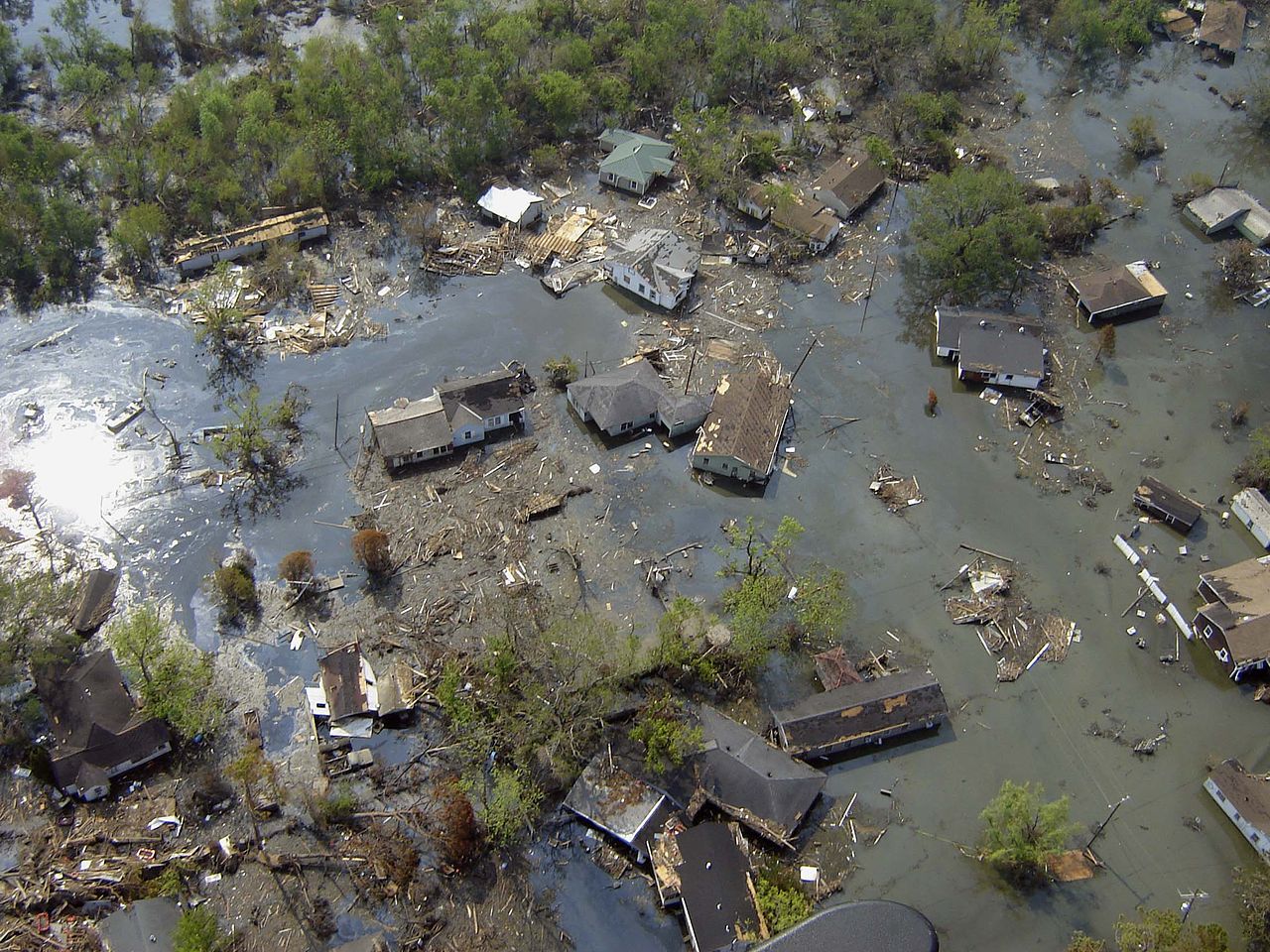Resilient cities: How to minimize destruction from natural disasters
For 25 years, researchers at Texas A&M University’s Hazard Reduction and Recovery Center have championed resilience, edging the focus of disaster planning away from its traditional realm in emergency management, in favor of helping communities and their leaders plan smarter — to avoid, absorb and otherwise recover from all kinds of disasters.
“In the past, nobody was thinking about how to reduce the risk of a natural disaster,” said Walter Gillis Peacock, director of the center, the only research center in the United States dedicated to researching vulnerability reduction and long-term recovery.
“Our research shows we need to change how we are impacting our surroundings and start focusing on where we are building, how we are building, and how our activity modifies the natural environment,” said Peacock. “We need to reconsider what ‘normal’ development should be, and quit setting ourselves up by placing ourselves more at risk, more likely to experience a major natural disaster.”
Among other findings, researchers at the center have produced studies that indicate:
* Losses wrought from natural disasters result largely from planning decisions made regarding where and how human settlements are built.
* The 100-year floodplain, a longstanding metric for determining the chance of an area’s inundation by floodwaters, appears to be an inaccurate measure for predicting potential flood-related loss.
* Social vulnerability mapping can reveal disparities that affect residents’ capacity to respond, mobilize resources and bounce back from natural or other types of disasters.
#TAMUresearch


